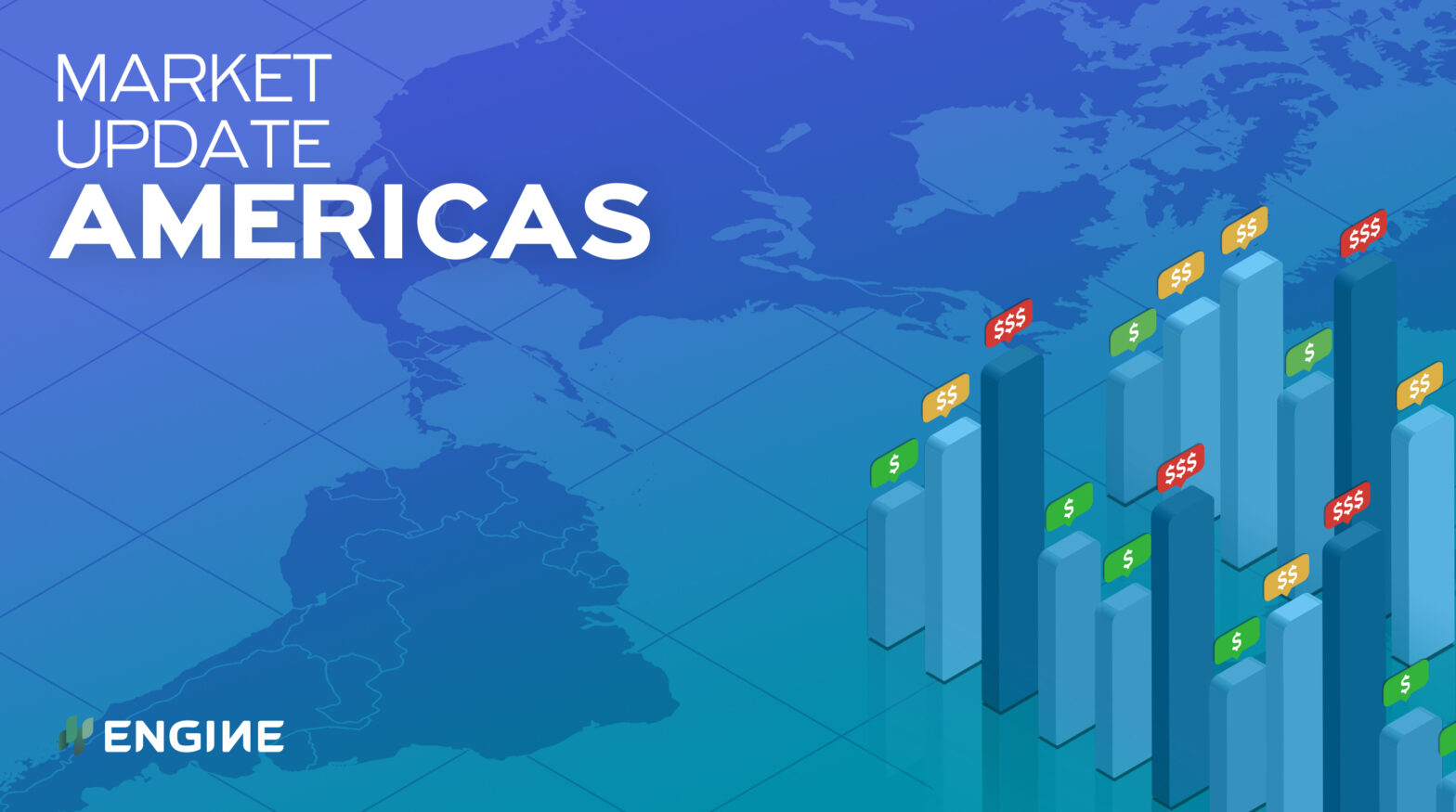Bunker prices have retreated from seven-week highs in the Americas as Brent runs out of steam.
Changes on the day to 09.30 CST (14.30 GMT) today:
· VLSFO prices down in Houston ($17/mt), New York and Los Angeles ($12/mt), Balboa and Zona Comun ($11/mt)
· LSMGO prices down in Los Angeles ($35/mt), Zona Comun ($21/mt), Houston ($19/mt), Balboa ($9/mt) and New York ($6/mt)
· HSFO380 prices down in Los Angeles ($22/mt), New York ($14/mt), Houston ($7/mt) and Balboa ($5/mt)
Ports in the Houston area have been working to clear cargo backlogs after the Houston Ship Channel and pilot services resumed over the past two days. Operations were suspended in preparation for incoming tropical storm Nicholas on Monday.
Nicholas passed without causing any lasting damage to refineries, terminals and port infrastructure in Houston, Texas City and Galveston, damage assessments found. Some bunker suppliers have tight schedules for prompt dates in Houston, and are unable to commit to certain date ranges.
Houston’s bunker prices have not seen much impact from Nicholas or tight bunker schedules. Its VLSFO price has mostly moved in lockstep with other ports largely unaffected by the storm, such as New York and Los Angeles.
*Brent*
Front-month ICE Brent crude has dipped $1.11/bbl lower on the day, to $74.83/bbl at 09.30 CST (14.30 GMT).
Brent has come off after surging to seven-week intraday highs of more than $76/bbl earlier today.
The impact from tropical storm Nicholas on US Gulf oil production has been much less severe than when Hurricane Ida hit over two weeks ago.
Colonial Pipelines quickly restored key oil pipelines it had shut as a precaution ahead of Nicholas. Electricity was quickly back online for the hundreds of thousands of people in the Houston area who lost power immediately after Nicholas hit. Major Texan ports, refineries and terminals in Nicholas path were mostly unscathed by the storm’s winds, heavy rains and water elevation.
Hurricane Ida knocked most offshore crude oil production in the Gulf of Mexico offline when it struck over two weeks ago. With less crude coming onshore, US crude oil stockpiles have been drawn down to 417.45 million bbls – a two-year low.
A 6.42 million bbl draw last week was preceded by a 1.53 million bbl draw the previous week, and inventories already came from four straight weeks of draws.
With resupply lines under pressure, ExxonMobil’s 520,000 b/d Baton Rouge refinery has twice had to ask the US Strategic Petroleum Reserves (SPR) to lend it 1.5 million bbls of crude to keep refinery production levels up amid robust fuel demand.
Just under 30% of offshore production in the Gulf remained offline yesterday, the Bureau of Safety and Environmental Enforcement has estimated.
The International Energy Agency (IEA) now expects continuous progress on Covid-19 vaccine making and rollouts, and less social distancing, to prop up oil demand by further in the fourth quarter of this year, and next year. It revised its global oil demand forecast for 2022 up by 100,000 b/d to 99.4 million b/d.
IEA’s more optimistic demand outlook followed an upward revision from OPEC earlier this week. OPEC upped its global demand outlook by 870,000 b/d to a pre-pandemic level of 100.8 million b/d.
